Photos Showing What It Was Like To Rebuild After WW2
World War II lived up to its name, in that it was a conflict that truly spanned much of the world. After six years of fierce fighting that resulted in an Allied victory, much of Europe and parts of Asia lay in ruin.
With devastated cities and shattered economies, the rebuilding effort was an unprecedented project that involved international cooperation and centralized planning.
Warsaw was heavily affected.
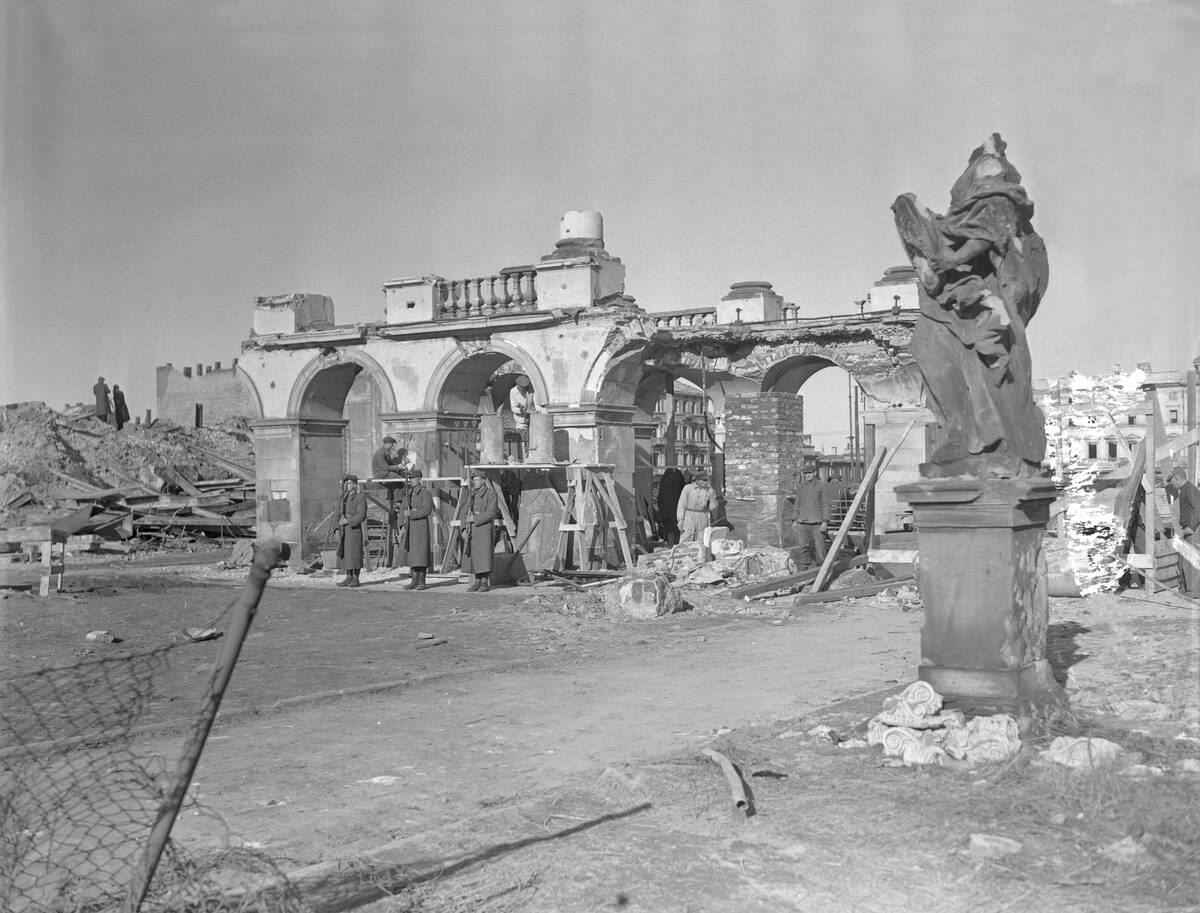
This image of a damaged shrine in Warsaw gives a glimpse at the near-total destruction that the Polish capital suffered during World War II, with most of its buildings reduced to rubble.
An ambitious post-war reconstruction effort was guided by historical artifacts, with a plan to meticulously rebuild Warsaw’s Old Town as it had been before. Today, Old Town is a UNESCO World Heritage Site.
Berlin was the site of Hitler’s last stand.

While World War II encompassed multiple theatres where fighting took place, there was a symbolism in Allied forces eventually storming Berlin in 1945.
This image shows the aftermath of a lengthy Allied campaign, along with the final Soviet assault, that left Hitler dead and much of the city in ruin.
Japanese cities were devastated.
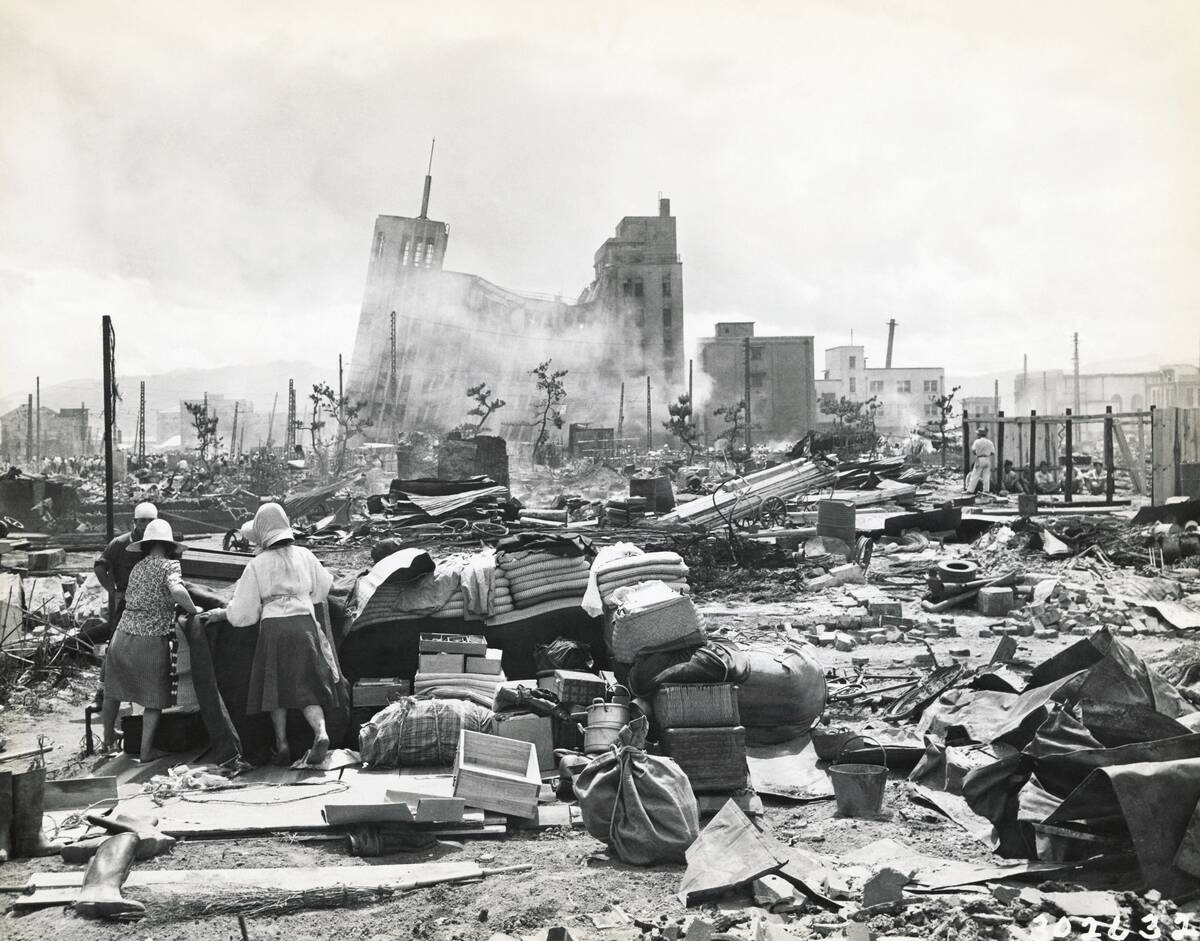
The city of Fukui was heavily damaged in June of 1945, towards the war’s end. Reconstruction efforts were slow and difficult, and made significantly worse by a major earthquake in 1948.
This image shows the aftermath of that 1948 earthquake, which set the already arduous pace of rebuilding back several more years.
Dresden was levelled.
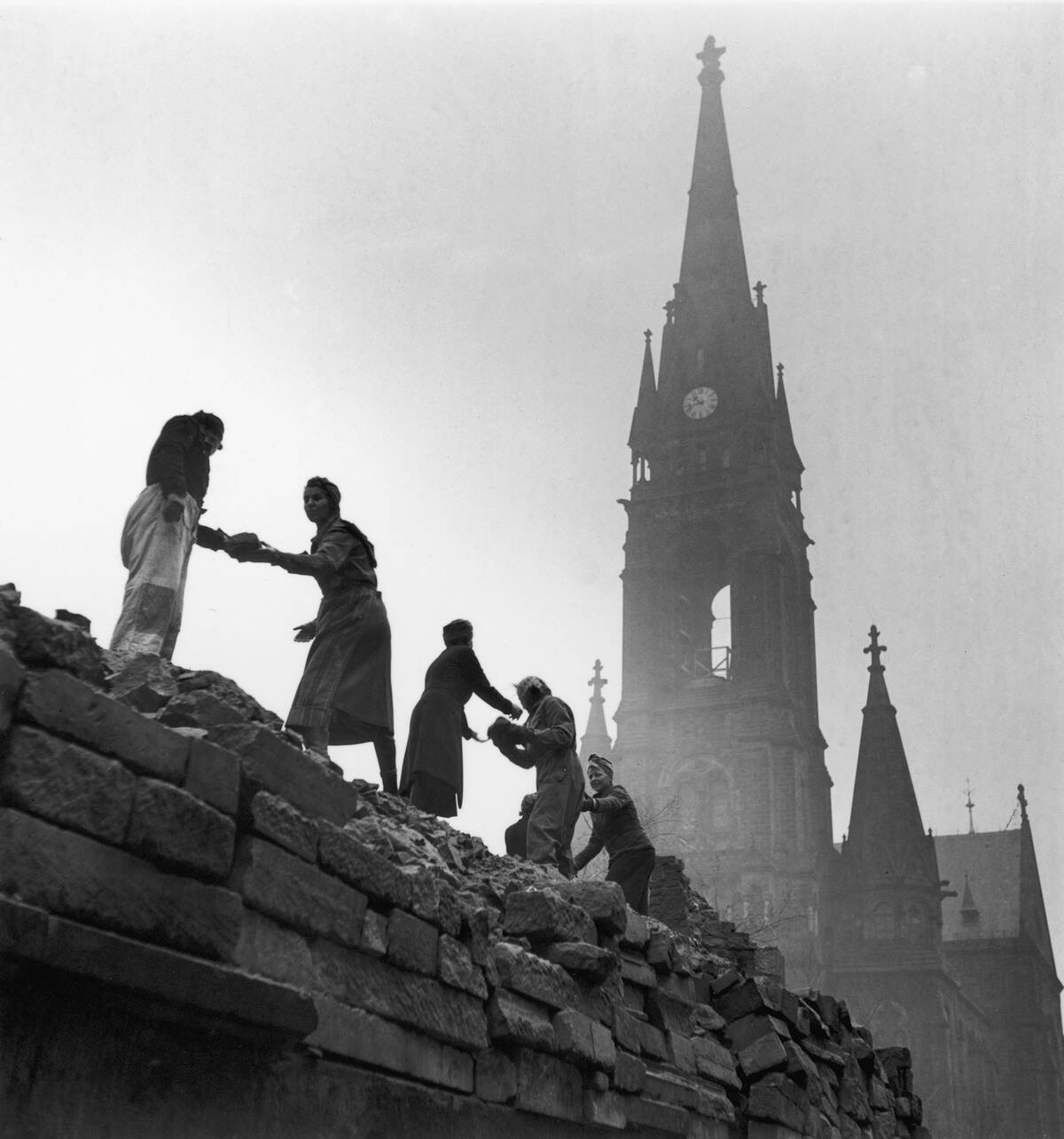
The destruction of Dresden, Germany by Allied raids throughout 1945 killed thousands of people and destroyed most of the historic city center. It’s a campaign that’s been immortalized in the works of Kurt Vonnegut.
After the fighting died down, the citizens of Dresden went back to work to rebuild their city. Here, a human chain works to carry bricks to be used to reconstruct a damaged Roman Catholic cathedral.
It was a massive infrastructure project.

From sweeping governmental plans to individual efforts, the process of rebuilding Germany encompassed people from all walks of life.
At the most humble level, ordinary citizens needed to build homes to live in, which necessitated makeshift work camps. Here, a group of German women are making bricks to be used in construction projects.
People lost their homes.
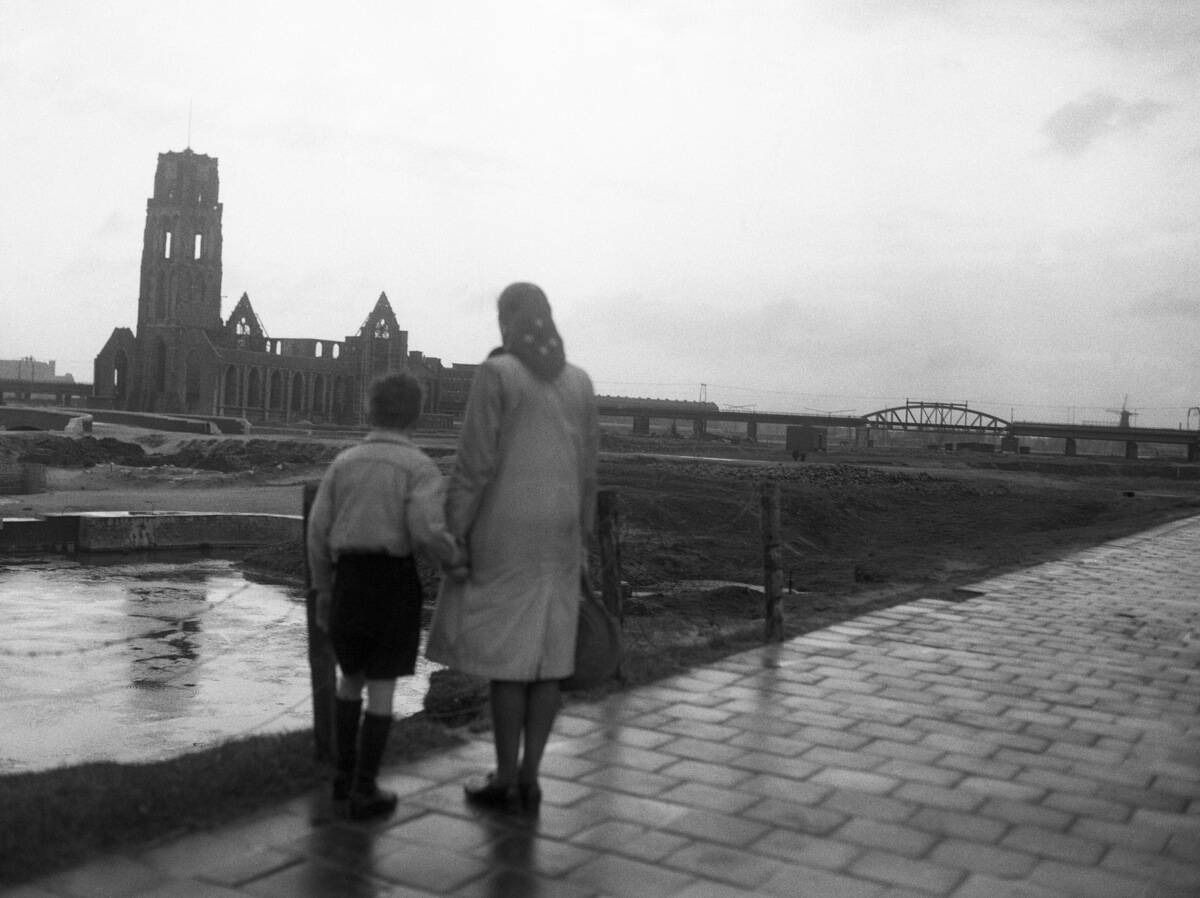
Rotterdam, in the Netherlands, was heavily attacked by the German Luftwaffe early in the war, in a campaign that gutted most of its historic city center in a single day.
In this post-war image, an orphaned brother and sister look out at the city in an effort to spot the site of their old home.
French port cities were rocked during the war.
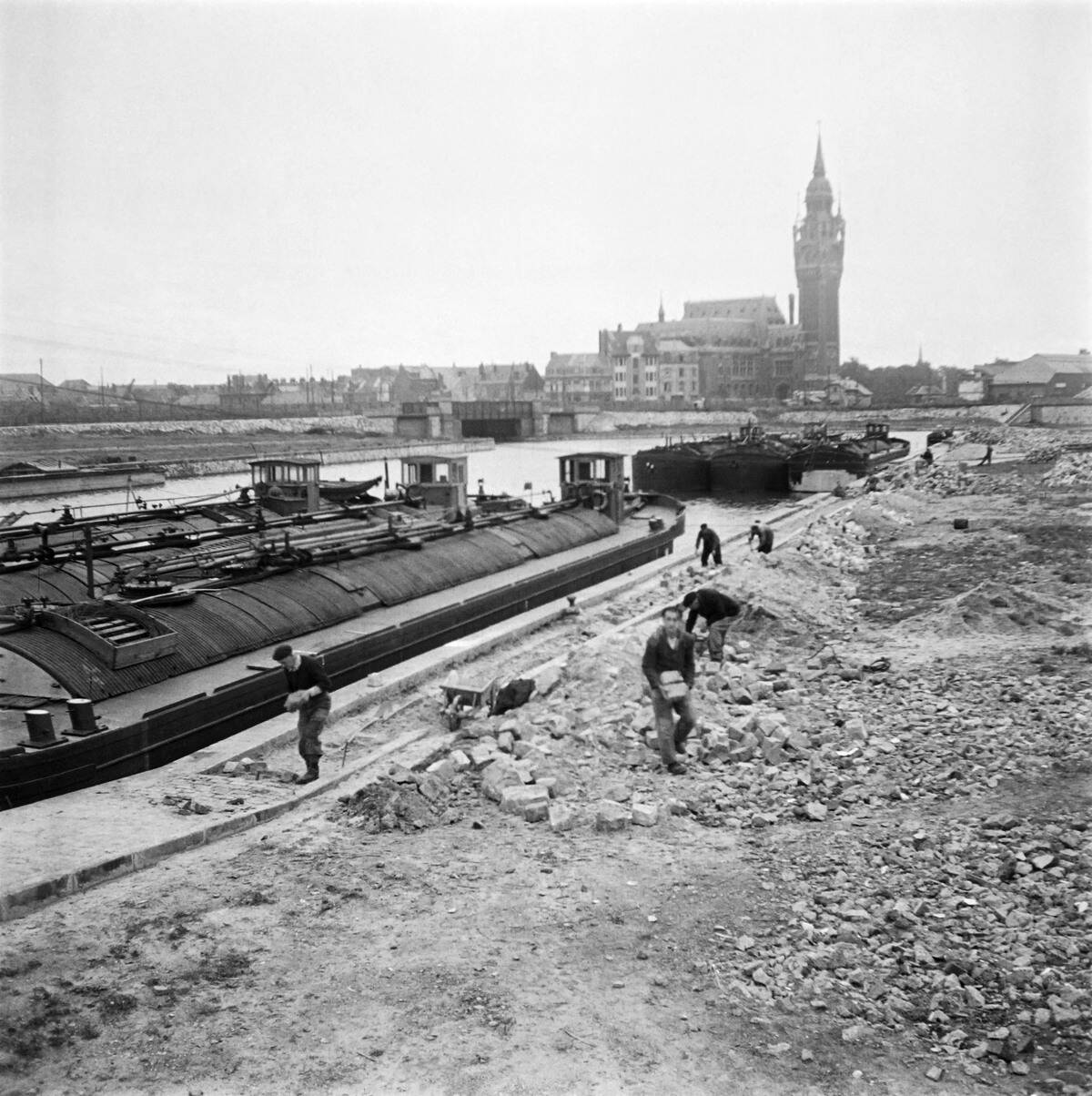
The damaged wharf of Calais, France shows just one site of destruction in this vital port city. Calais was occupied by German forces during much of the war, which prompted the Allies to conduct attacks on the coastline to disrupt their position.
After the war, reconstruction efforts focused heavily on restoring the port’s functionality while rebuilding the housing, infrastructure and public buildings that had been destroyed.
The Marshall Plan was a major step.
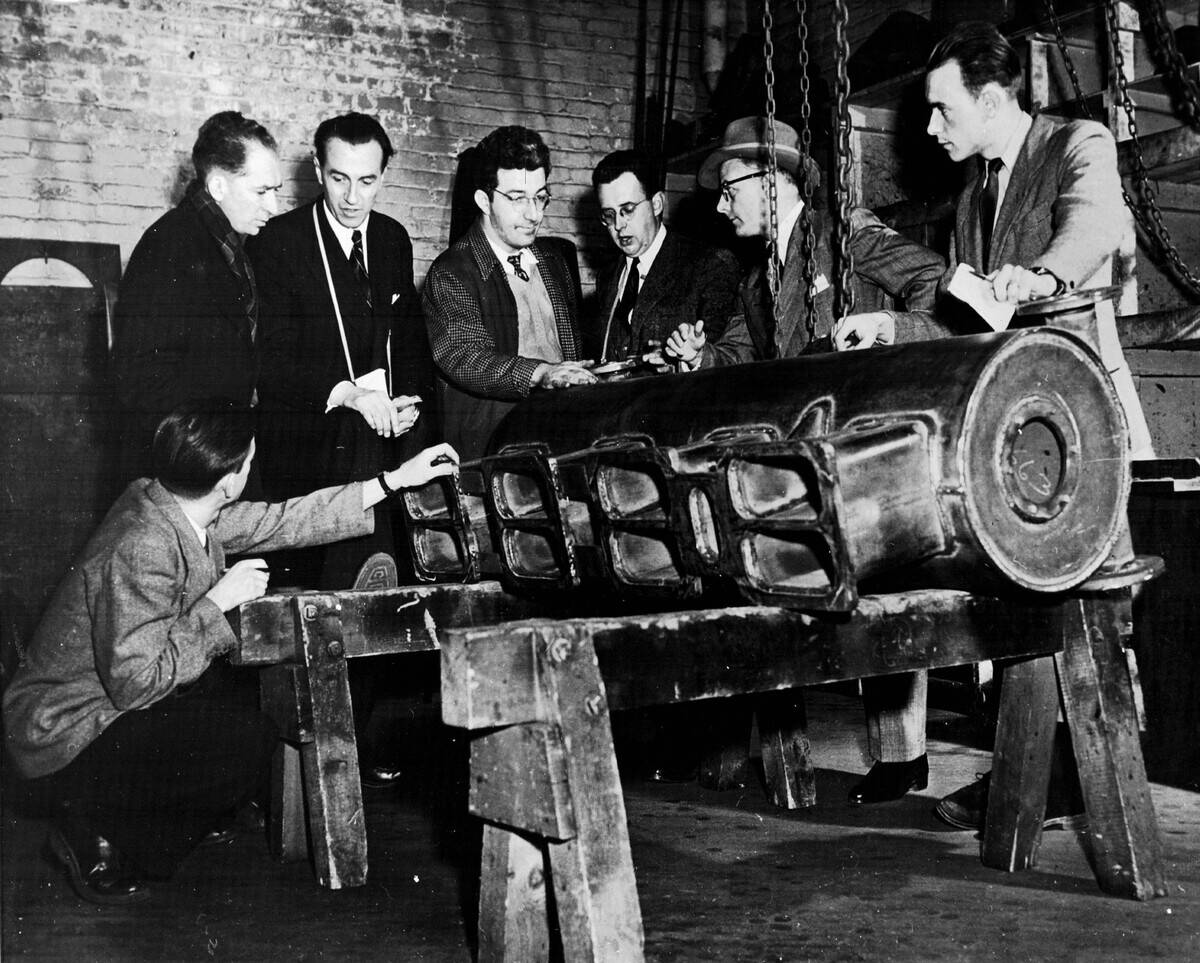
Officially known as the European Recovery Program, the U.S.-led Marshall Plan was launched in 1948 to aid postwar recovery efforts in Western Europe.
This photo shows a group of French industrial managers and engineers as they take part in a comprehensive tour of U.S. industrial centers, led by U.S. Secretary of State George C. Marshall.
Berlin was divided.
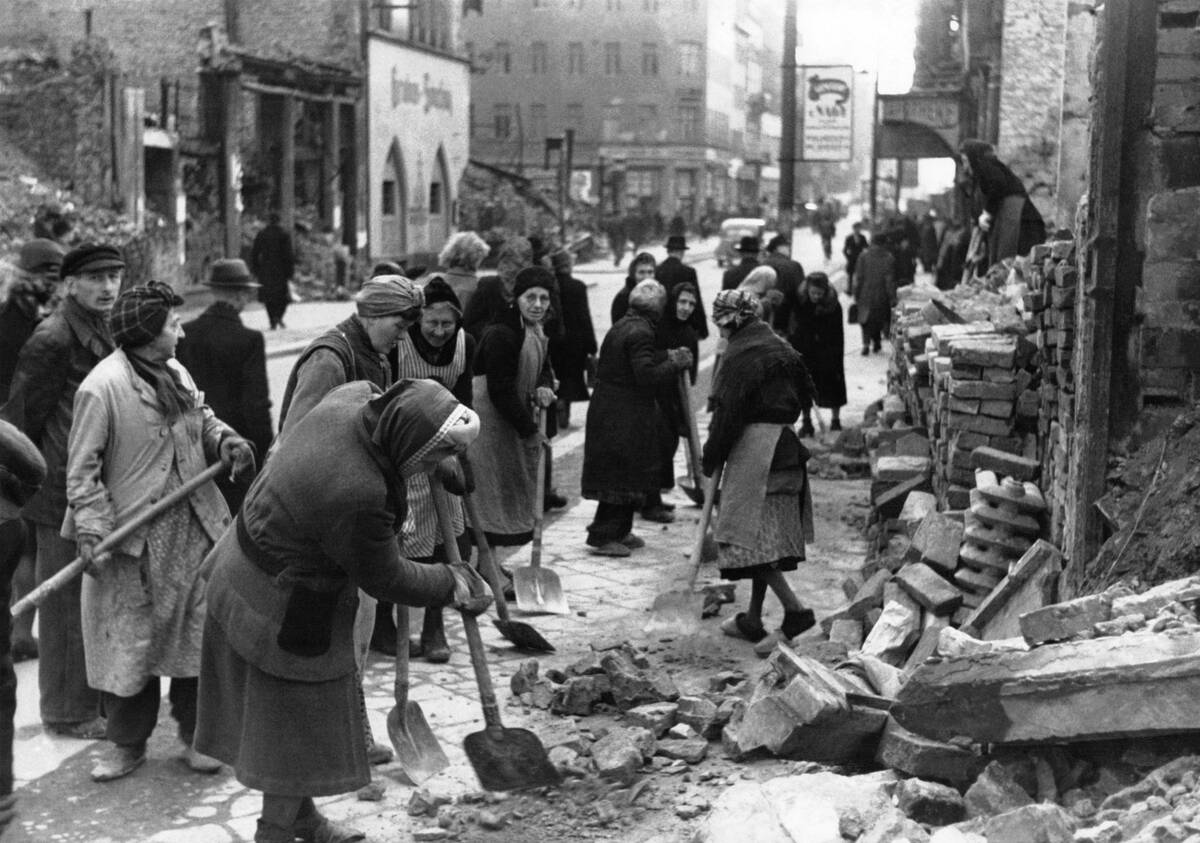
In 1945, the Allied victors carved Berlin into four occupation zones: American, British, French, and Soviet. Tensions quickly led to a rift between the Western Allies and USSR, which prompted the Berlin Blockade of 1948 (and, years later, the Berlin Wall).
Caught in the middle were the civilians of Berlin, who were weary after six years of warfare and the devastation of their city.
It was a sobering reckoning in Germany.
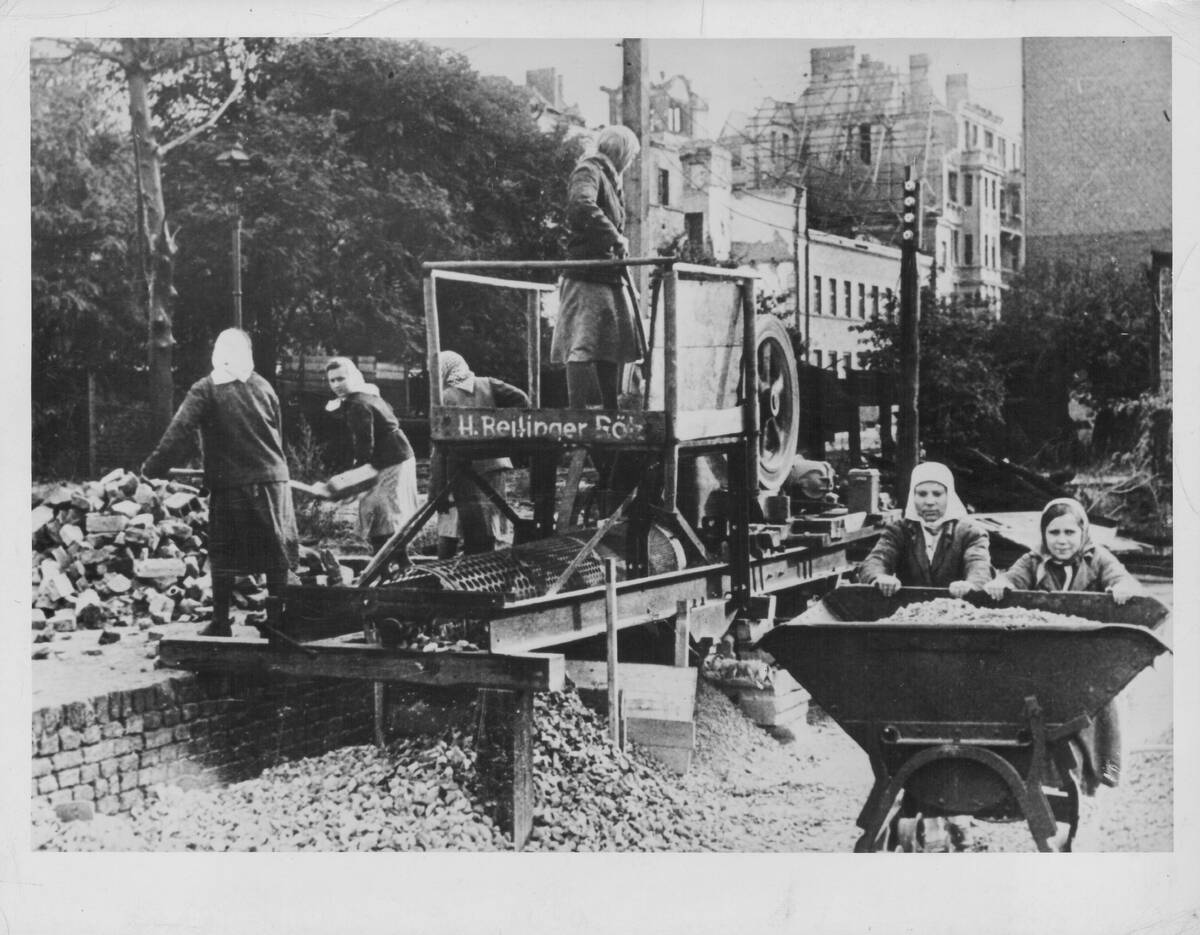
Germany not only lost the war, but also faced significant setbacks with destroyed cities, a shattered economy, and traumatized civilians.
Rebuilding efforts helped West Germany rebound relatively quickly, but East Germany – led by the Soviet Union – followed a Soviet-style path with centralized planning.
The war’s horrors were eventually exposed.
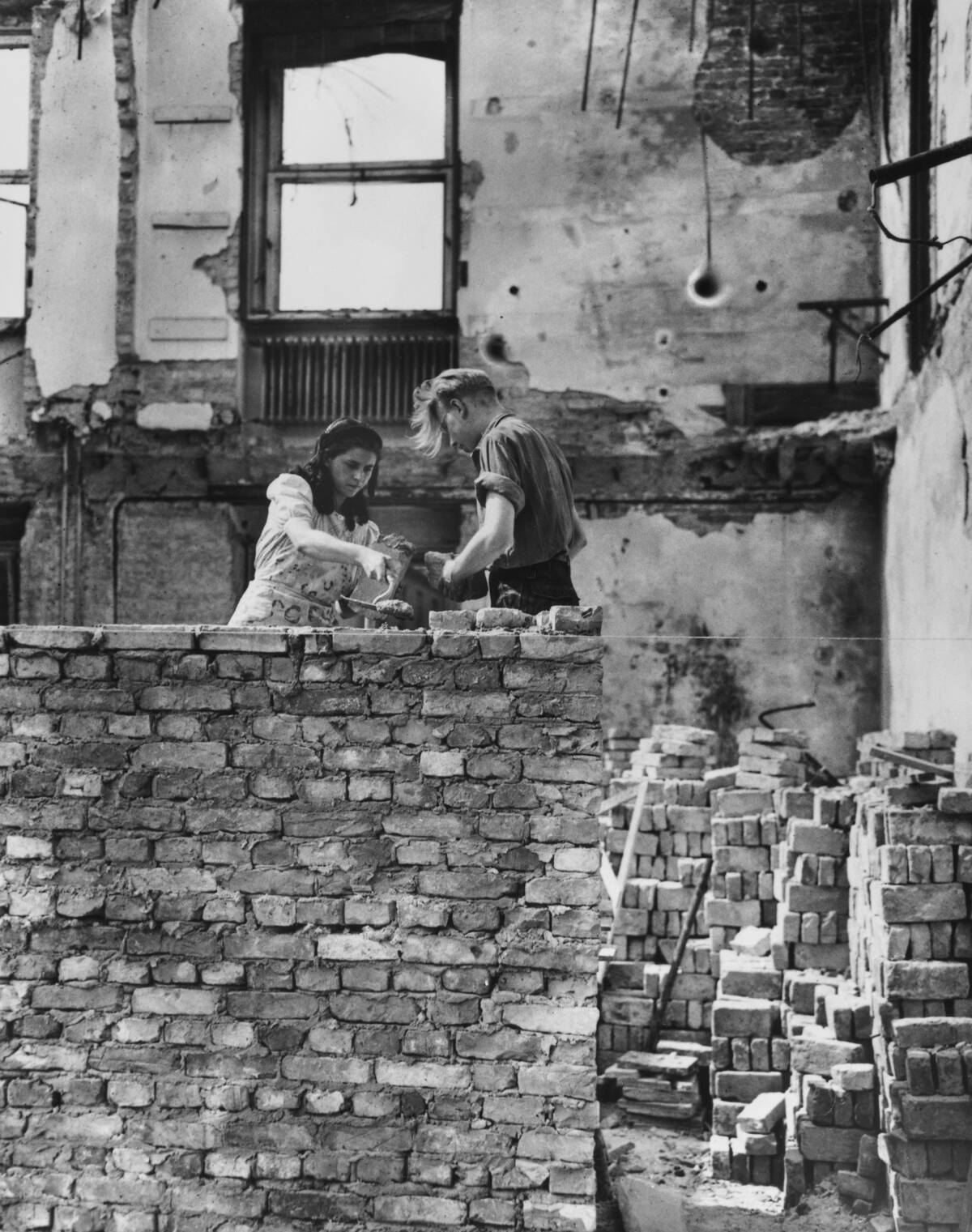
While the Allies had been aware of Nazi concentration camps operating in Europe throughout the war, it wasn’t until the final months of the war that Allied leaders became aware of the full, horrifying scope of the Holocaust.
Military leaders like Dwight Eisenhower made sure to document the atrocities so they would not be forgotten or denied in the future.
Leipzig became a Soviet city.

Leipzig, Germany, was damaged during World War II, and became a Soviet-controlled city following the Berlin Blockade.
This 1948 photo shows that life has resumed in Leipzig, as automakers show off the latest vehicles for a trade fair – all in front of buildings that are still showing damage from the war.
Paris suffered a different kind of hardship.
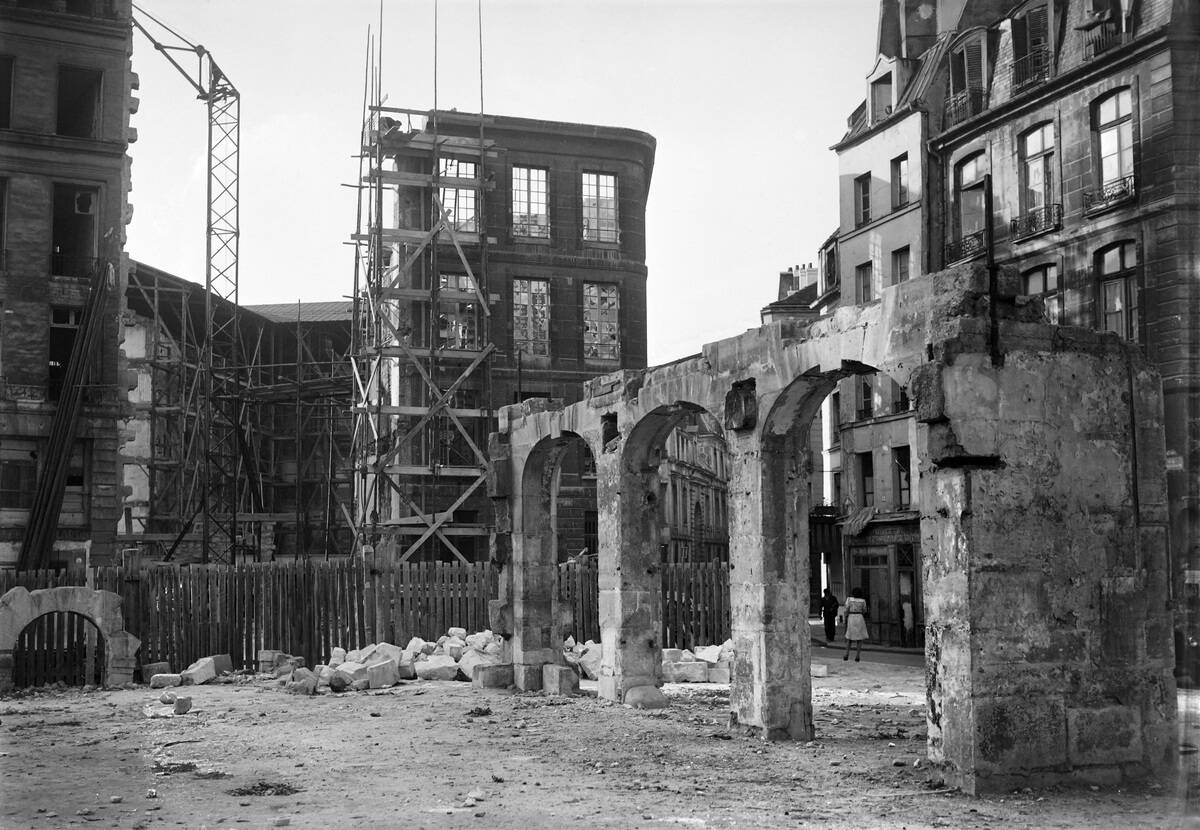
This image shows that Paris didn’t escape damage during World War II, but the French capital was still able to escape the near-total devastation that other cities faced.
Despite this, Paris endured its own hardships, as it was occupied by Nazi Germany between 1940 and 1944, which led to harsh conditions for its citizens.
Japan was demilitarized.
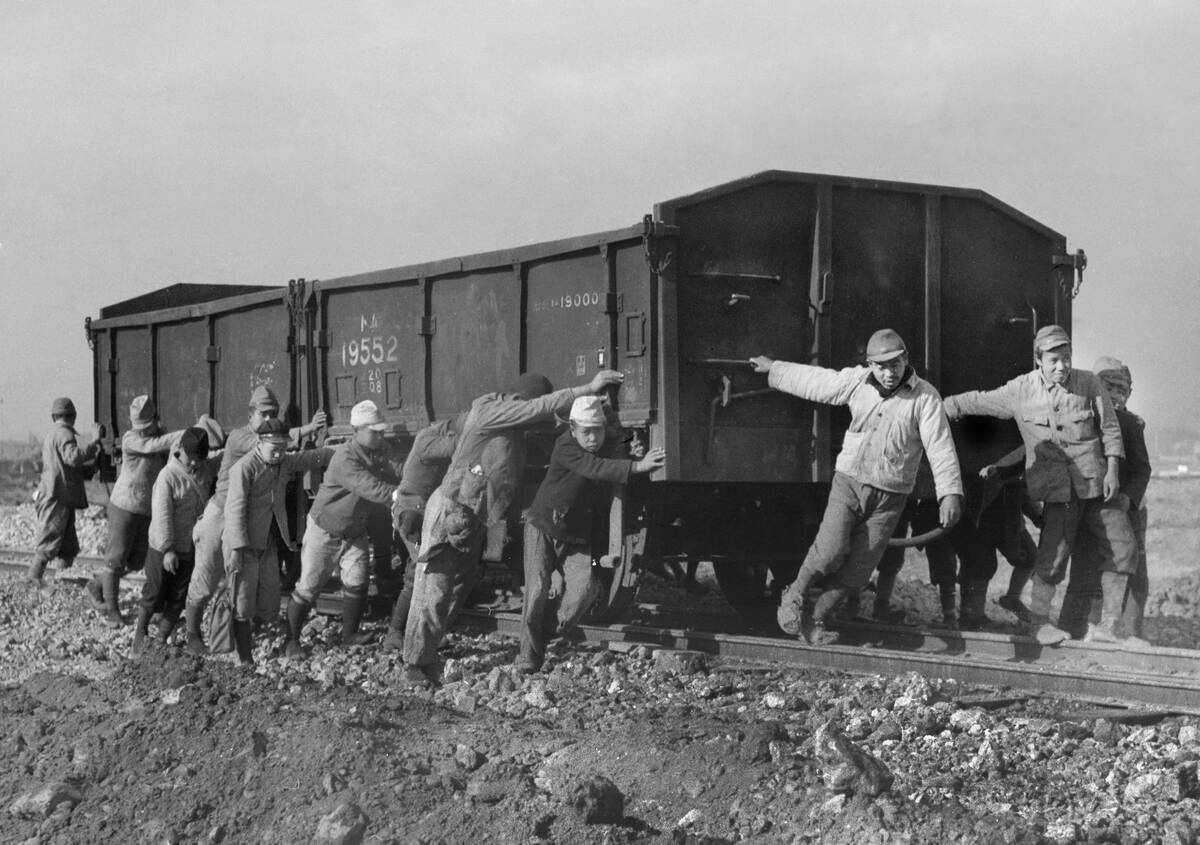
Reconstruction efforts in Japan were overseen by Allied forces, led by General Douglas MacArthur. Top priorities included demilitarizing the country, rebuilding its economy, and instituting democratic reforms.
This image shows that the process often involved backbreaking labor. These Japanese workers are straining to move an entire railroad car entirely by hand.
England was hit hard by the Blitz.
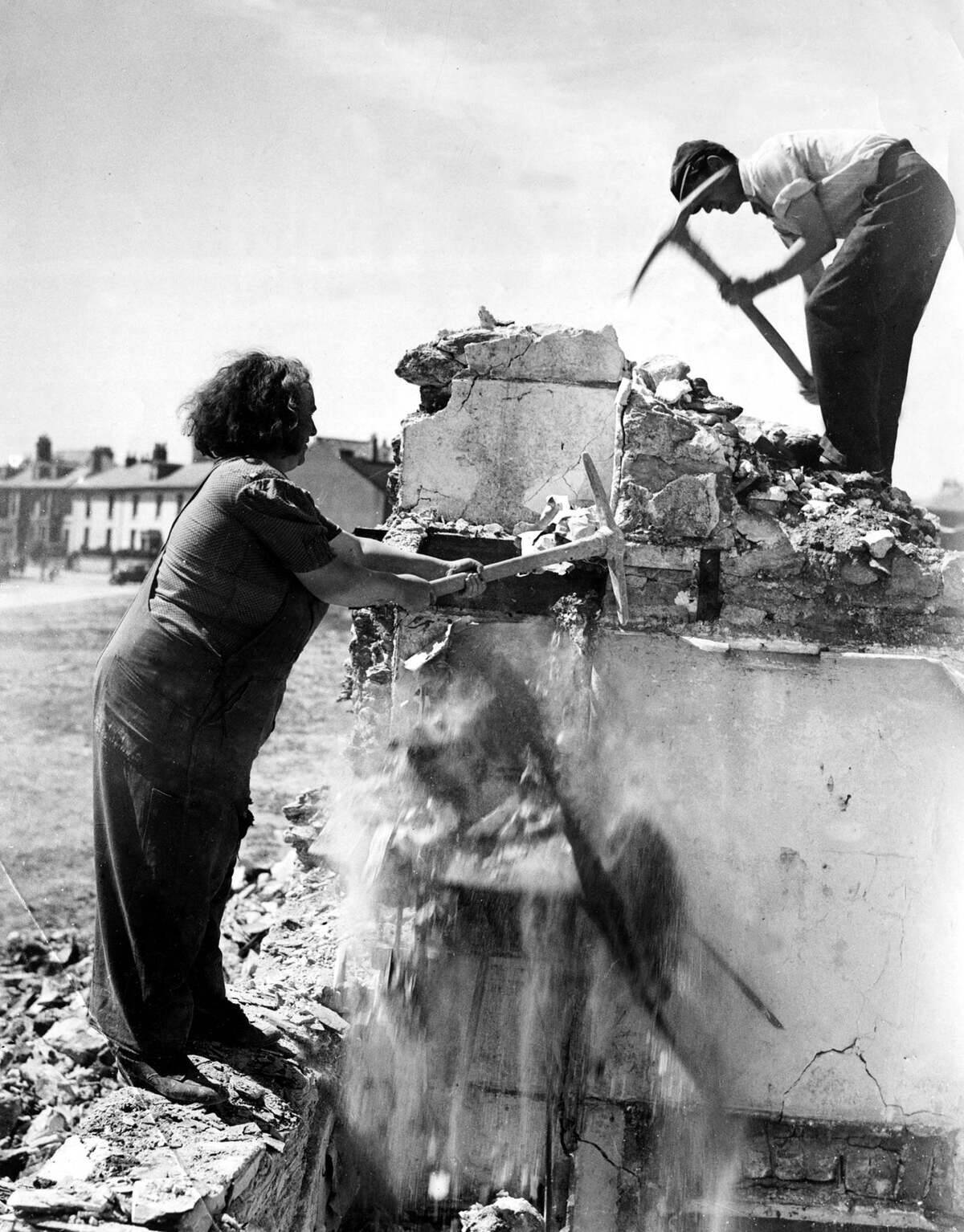
While the Blitz occurred earlier in the war, the damage was widespread enough to still be visible years after it was inflicted.
Plymouth, on England’s southwest coast, was hit hard by the Luftwaffe, and large parts of the city lay in ruins. This 1947 photo shows a crew pulling down a destroyed concrete building to make room for new construction.
Iconic sites were damaged.
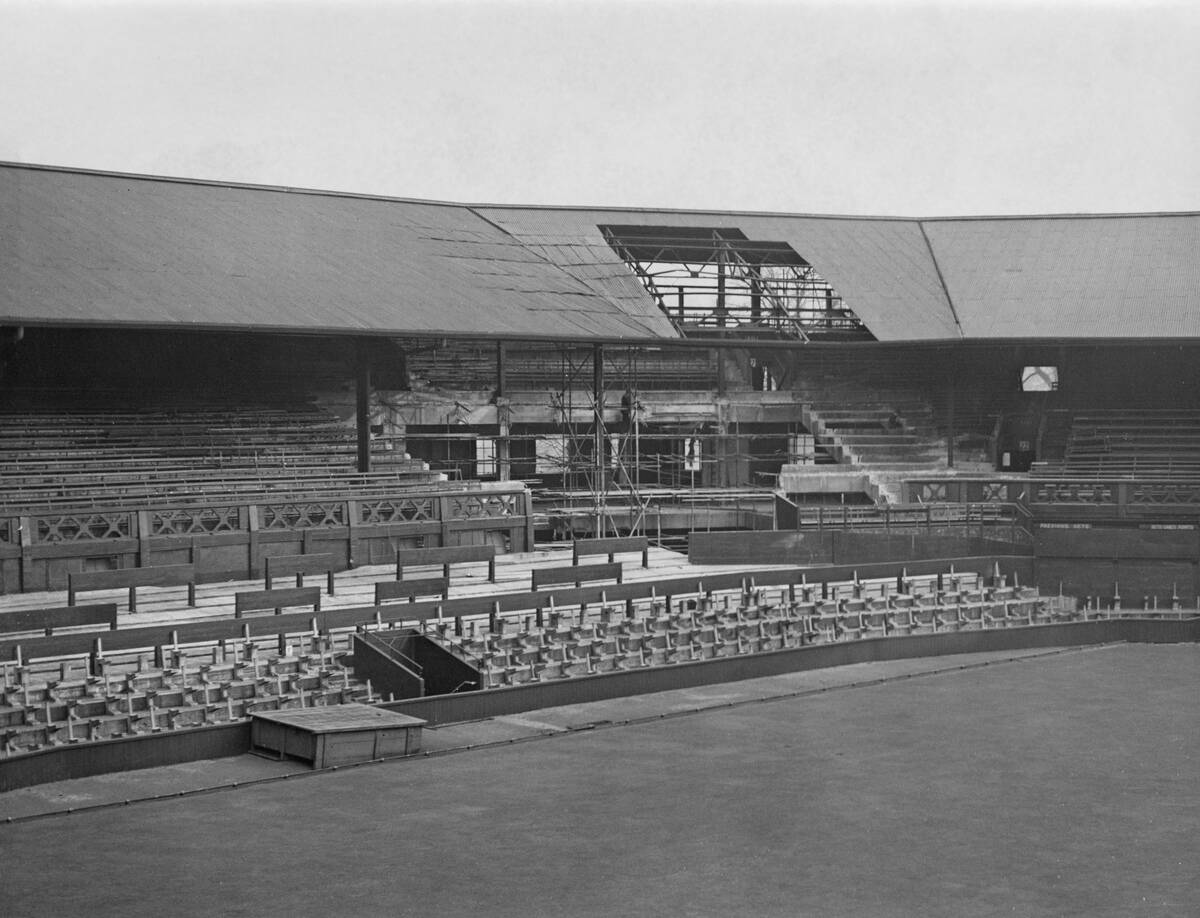
The Blitz threatened many of London’s most historic buildings, including Buckingham Palace. One lesser-known landmark that was damaged was the All England Lawn Tennis and Croquet Club, where the famous Wimbledon tennis tournament is held.
As this photo shows, the damage was relatively minor. In time, the grandstand was rebuilt and the Wimbledon tradition carried on.
Rebuilding could be a celebratory affair.
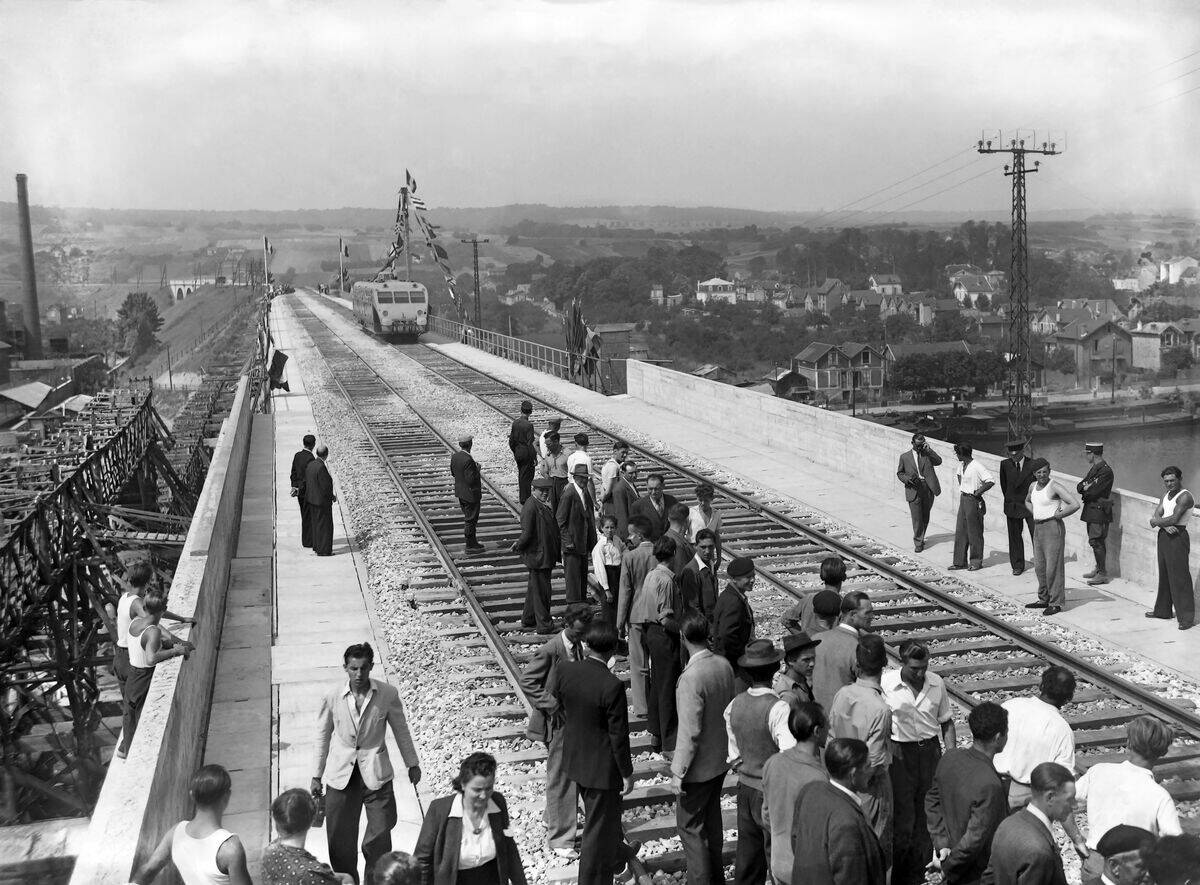
The work of rebuilding damaged buildings and infrastructure was back-breaking, but the payoff was a time for celebration.
The Eiffel Bridge, which was taken out of commission by Luftwaffe attacks during the war, was eventually rebuilt in the post-war years. This photograph shows the joyous mood as the bridge was officially re-opened.
Supply lines needed to be rebuilt.
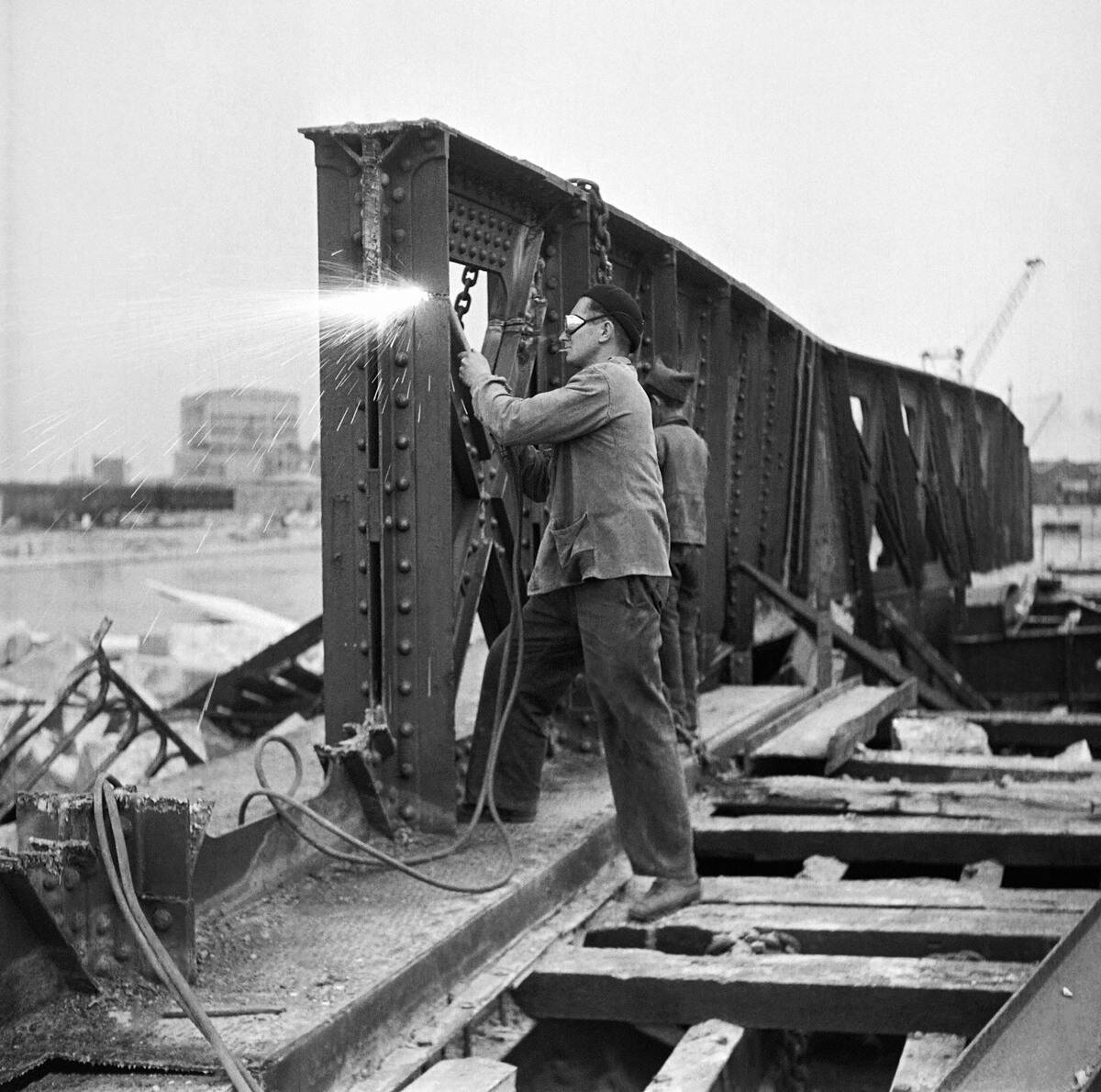
War tends to redraw supply lines, as new railroads and shipping routes are strategically deployed to assist in the war effort, and in turn become targeted by the enemy.
These workers in Calais are involved in efforts to rebuild the city’s railroads, which carry vital supplies to be loaded onto ships at the Port of Calais.
Some buildings survived despite all odds.
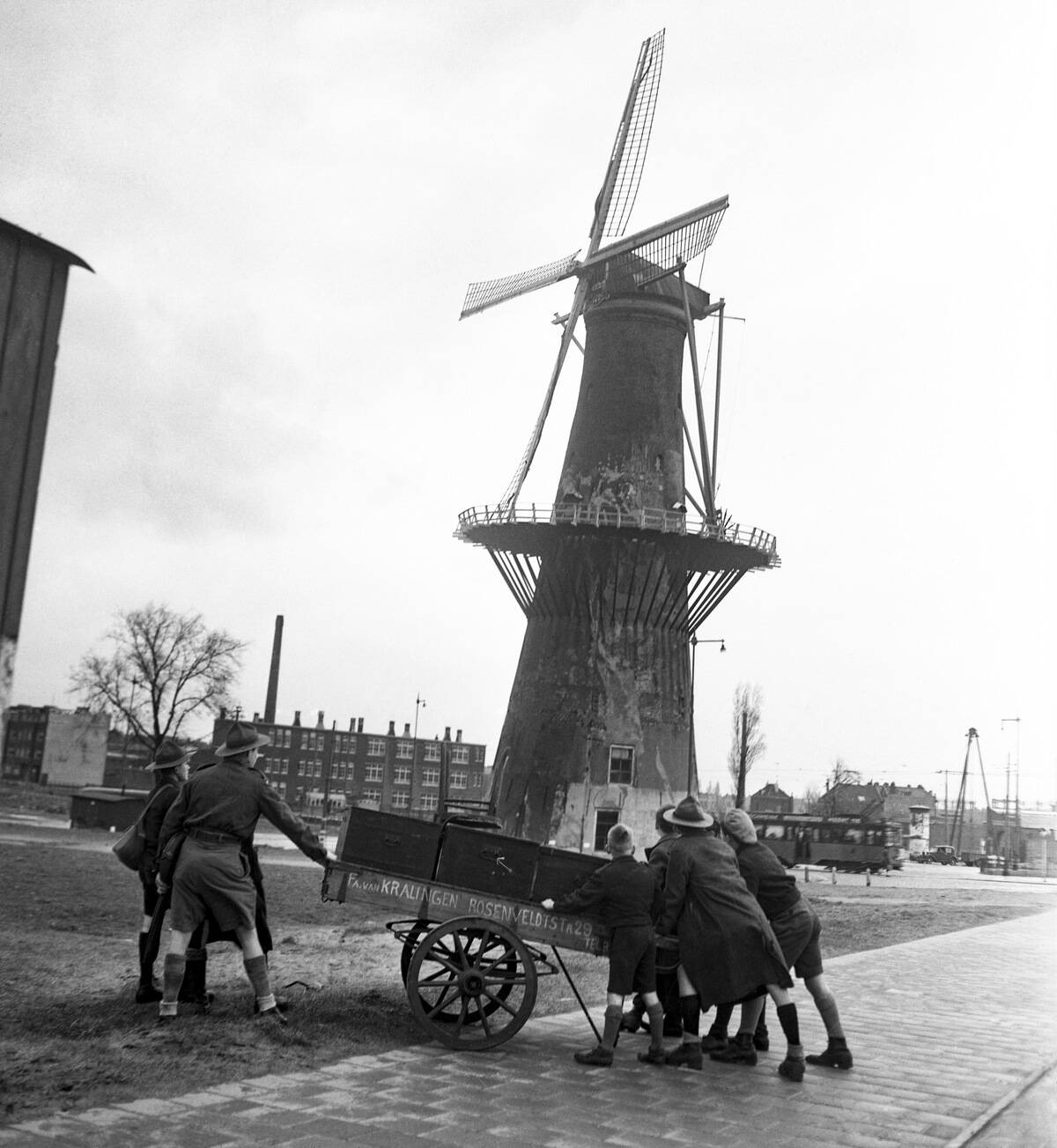
The Netherlands is known for the picturesque windmills that dot the countryside, and unfortunately the war years damaged or destroyed many of these edifices.
This image shows a windmill in Rotterdam, which is somehow still standing even after a series of attacks left 30,000 people dead.
Optimism came to rule the day.
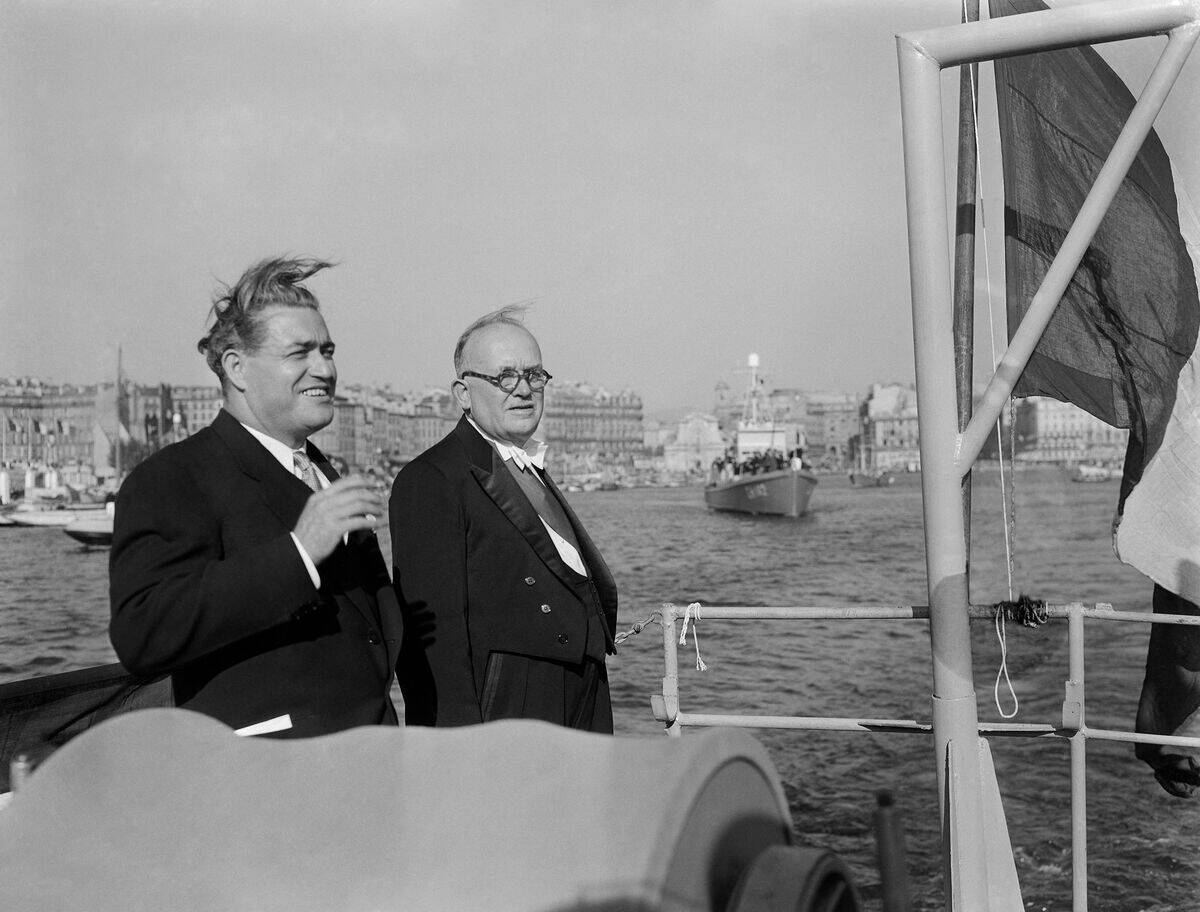
While the war years were undeniably brutal, and the rebuilding process was long, painful, and costly, there was eventually a glimmer of light at the end of the tunnel by the end of the 1940s.
This photo shows French President Vincent Auriol and Marseille mayor Jean Cristofel as they travel to tour a rebuilt facility. Their expressions indicate that they’re looking forward to better days ahead.



